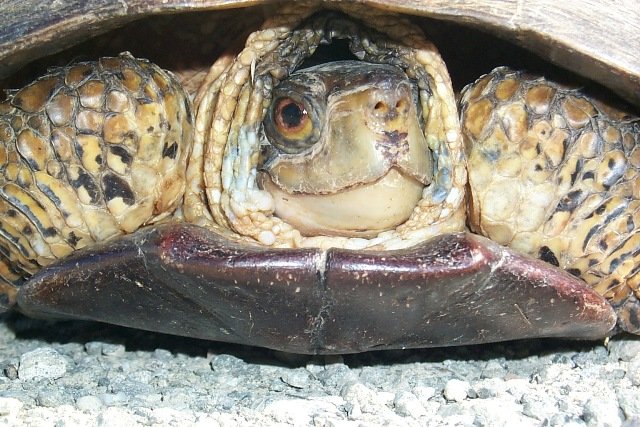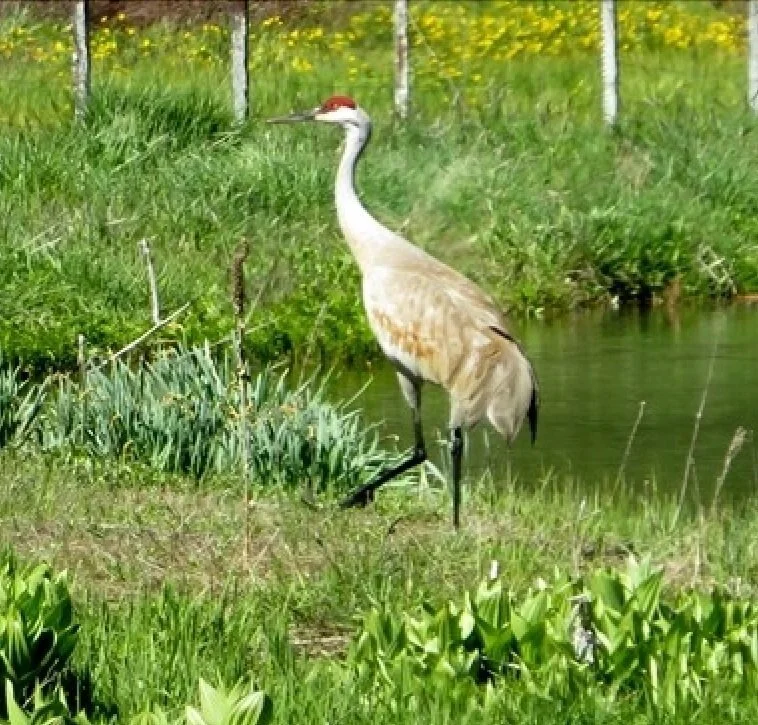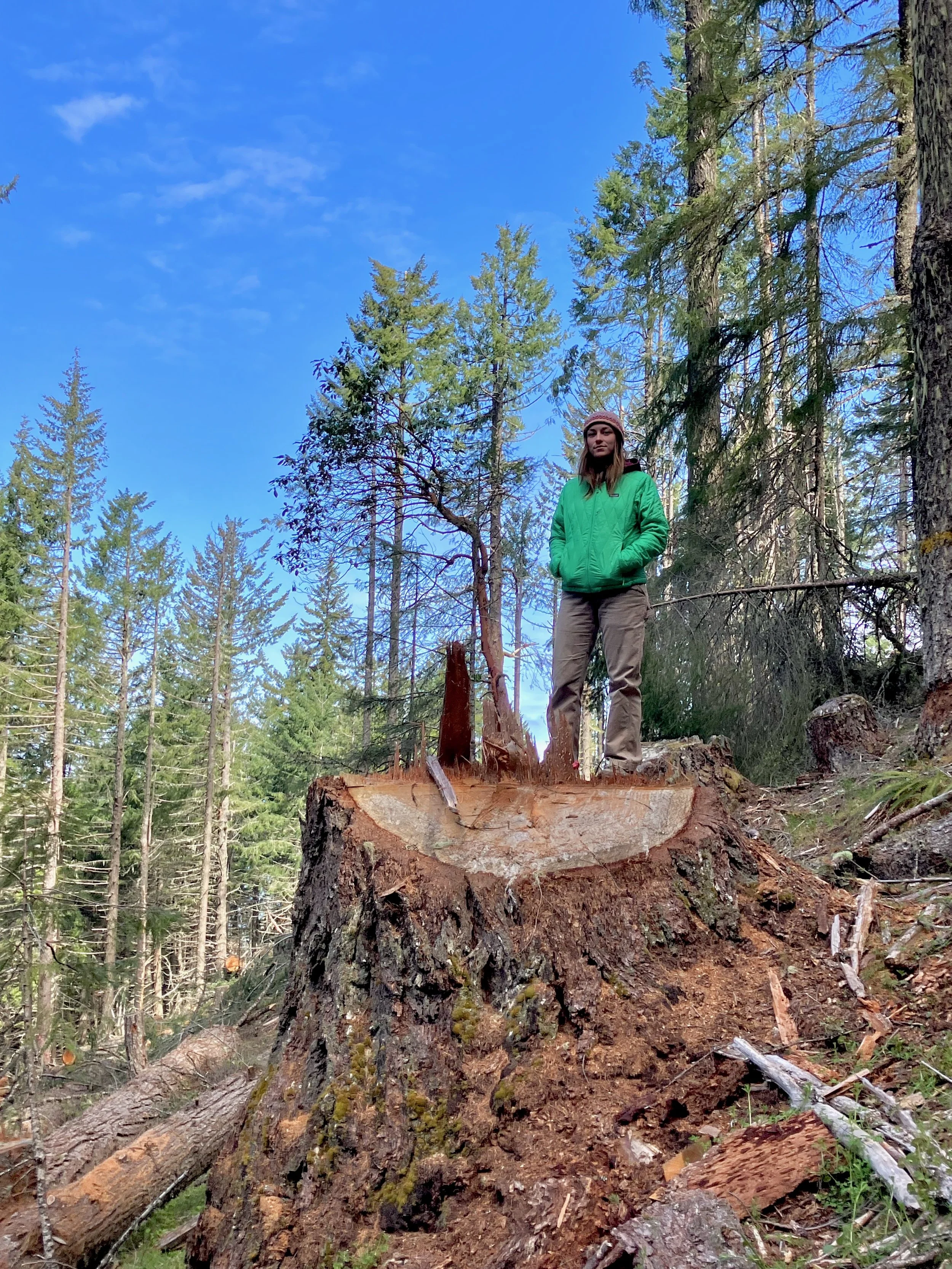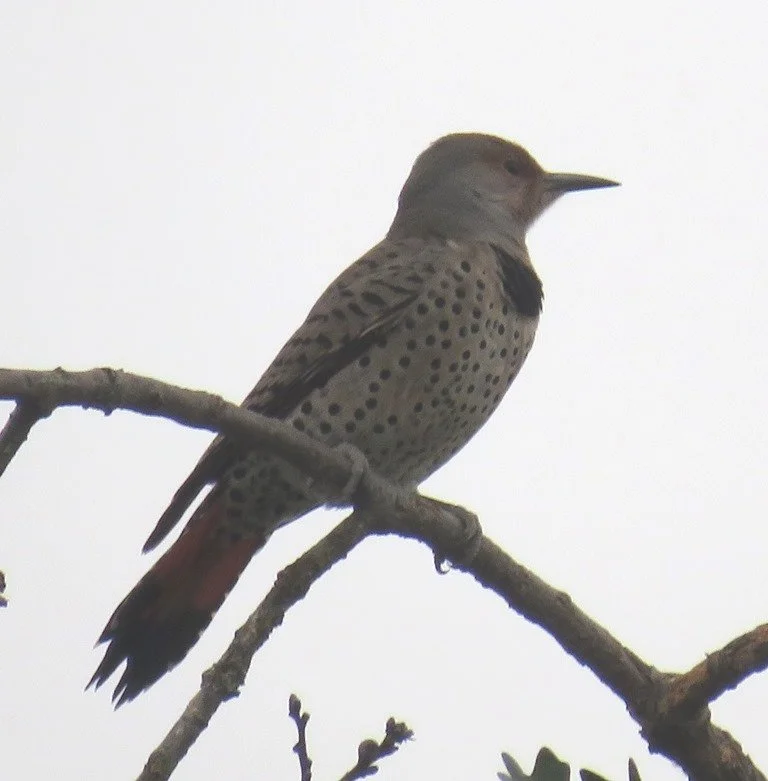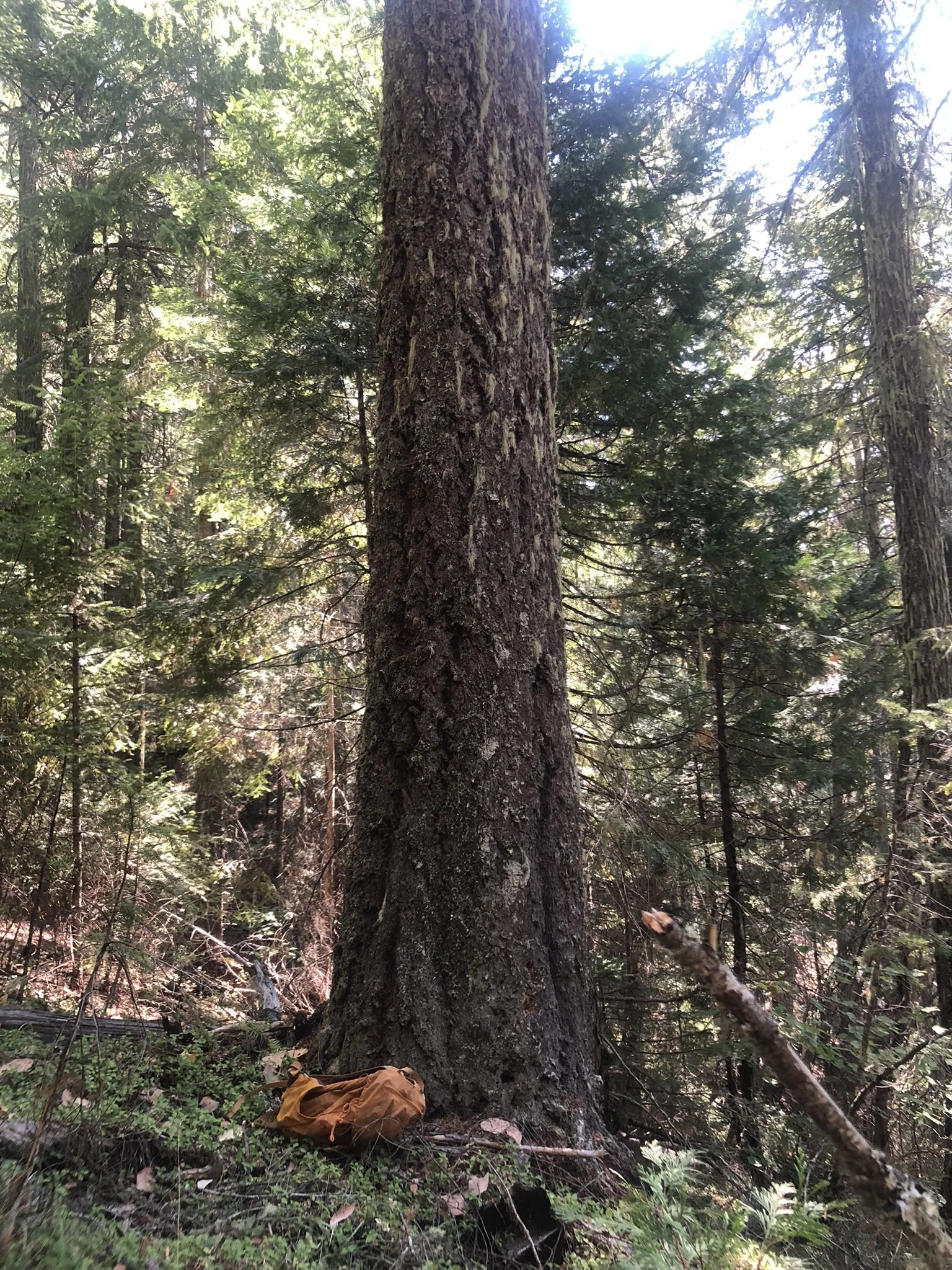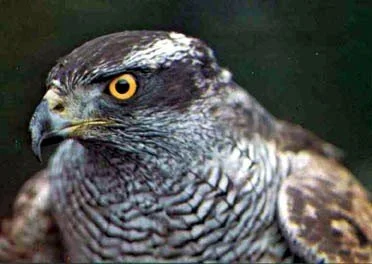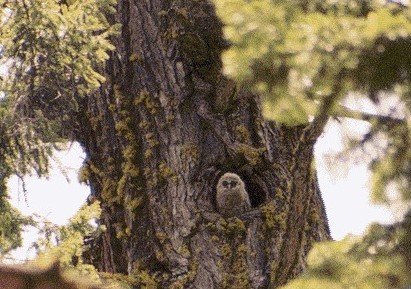KS Wild and partners held the 2025 Wildlife Connectivity Symposium. Click here to read a report about what we learned and what we saw during this two-day event.
Read MoreFor years, both the beaver and the wolf have been hot topics amongst landowners, ranchers, forest managers, and conservationists as both have endured attempts to eradicate or greatly diminish their existence from private lands for decades, but those tides are shifting as perspectives are expanding on wild spaces being for all life—not just human life—and how some wildlife species could actually help us.
Read MorePOV: You’re a western pond turtle! Follow a year in the life of a WPT—in all of its adventures and struggles!
Read MoreThe northern spotted owl is a Pacific Northwest forest icon. The species relies on old-growth forests to survive, and much of its habitat is threatened by loss of habitat and habitat fragmentation due to logging. Learn more about this imperiled species of the PNW in this blog.
Read MoreIn this guest blog, our friend Harry Fuller recounts his field trip with KS Wild in search of great gray owls. Though no owls were spotted, 28 other species were.
Read MoreLast week, I ventured into the field with George, our Conservation Director, to groundtruth a Medford District Bureau of Land Management (BLM) timber sale called Mill Rat within the Poor Windy project just north of Grants Pass, Oregon. What we found was heartbreaking. Click to read the full field report.
Read MoreThe Biden Administration has announced a federal rule for how the Bureau of Land Management’s (BLM) mission addresses the climate and biodiversity crises, attempting to re-balance BLM’s multi-use mandate for managing public lands, which for decades has favored resource extraction over any other use.
Read MoreHarry Fuller gives a recap of the birds spotted near Agate Lake outside of White City, OR during his birding morning with KS Wild!
Read MoreThe Medford District BLM Poor Windy Timber Sale allows logging on more than 15,000 acres, including cutting down 4,573 acres of mature and old-growth trees.
Read MoreThe northern goshawk is an avian species whose population directly relies on the extent of the presence mature and old-growth forests and has been on the decline alongside mature and old-growth forests. The species is currently not listed under the ESA. Read more about the goshawk here.
Read MoreWe are so wild about the Siskiyou Mountains salamander, it is the KS Wild mascot! We continue to advocate on behalf of this species that is only found in the Klamath-Siskiyou region. Learn more about our efforts to protect this species through advocacy that dates back over two decades here.
Read MoreThe US Forest Service and Bureau of Land Management (BLM) released the first ever national inventory of mature and old-growth forests. Want to know what this all means for the protection of forests in the Pacific Northwest?
Read MoreConsidering that Oregon is known as the “Beaver State,” regulations are lacking to protect this iconic animal that is present in so many waterways and provides so many ecological and hydrological benefits. Can we, as humans, use our skills to coexist with this essential critter? Proposed HB 3464 will change how Oregonians relate to beavers.
Read MoreCheck out all the progress our incredible volunteer stewards have been able to accomplish lately!
Read MoreTo be the eyes and ears of public lands defense requires KS Wild’s ForestWatch staff to be diligent in how we approach the scope of our work. Read about our plans for 2020, which defending public lands in a number of vital ways.
Read MoreFollowing decades of fire suppression and logging that created dense young forests, a return to ecosystem resiliency requires thinning second-growth plantations, retaining large trees and forest canopy, and returning the role of fire to these fire-dependent forests.
Read MoreIncreasingly timber interests, conservationists including KS Wild, scientists and federal land management agencies are coming together to focus logging activities on thinning previously logged plantations and in fire-evolved forest stands in which fire suppression has resulted in encroachment by less resilient off-site conifers.
Read MoreAt KS Wild, we have a deep admiration for this creature that so deeply epitomizes the wilderness. Unfortunately, the story of the wolf is one of systematic persecution and deep-rooted mythologies that inspire fear in people. Some say the removal of the wolf is a bitter reflection of our society’s tendency to suppress all things wild; others, want nothing more than to allow wolves to fade into extinction.
Read MoreUnlike most of North America, we are extremely fortunate to live in a region in which five major wildland complexes have thusfar survived the pressures from logging, mining and road construction. It is our job and responsibility to protect these special places for the those who come after us and for their intrinsic value.
Read MoreThe 1937 O&C Act overhauled the timber management and revenue distribution scheme. It allowed the federal government to pay fifty percent of gross timber revenues directly to the O&C counties, plus twenty five percent (for unpaid Railroad property taxes) to O&C lands. In 1953 Congress directed 25% of the revenue to road building and other capital improvements on the O&C lands, leaving only 50% paid to counties. These payment schemes tied timber harvests to county revenues and made county government a champion of increased logging.
Read More


